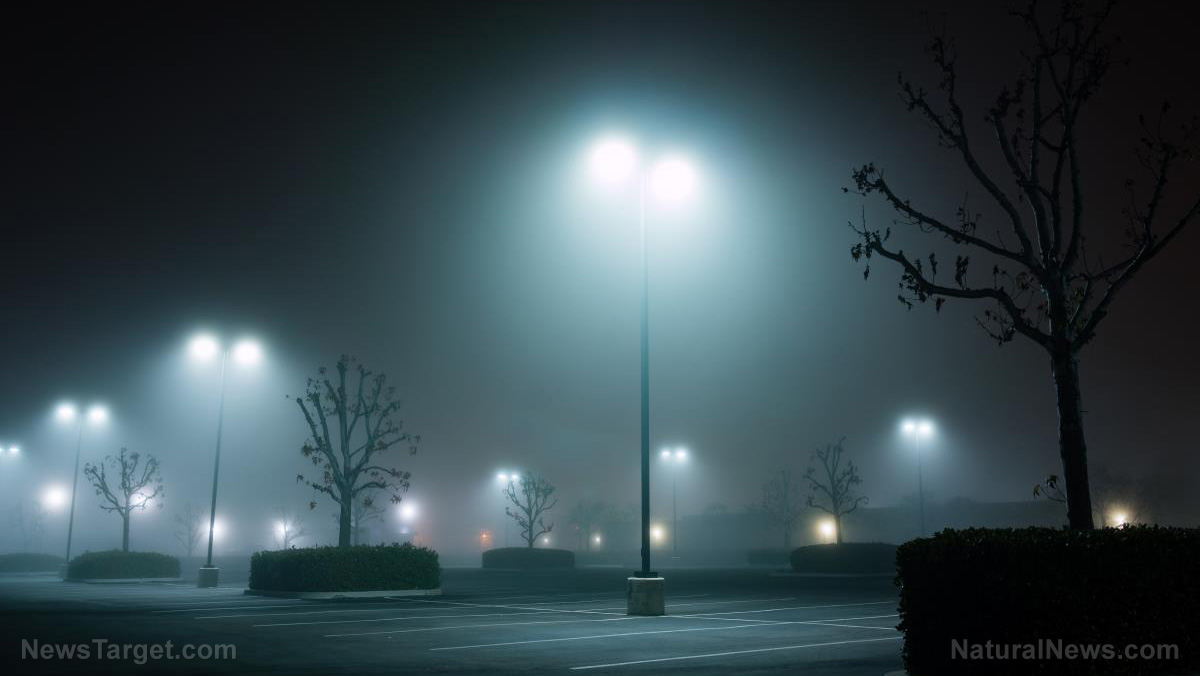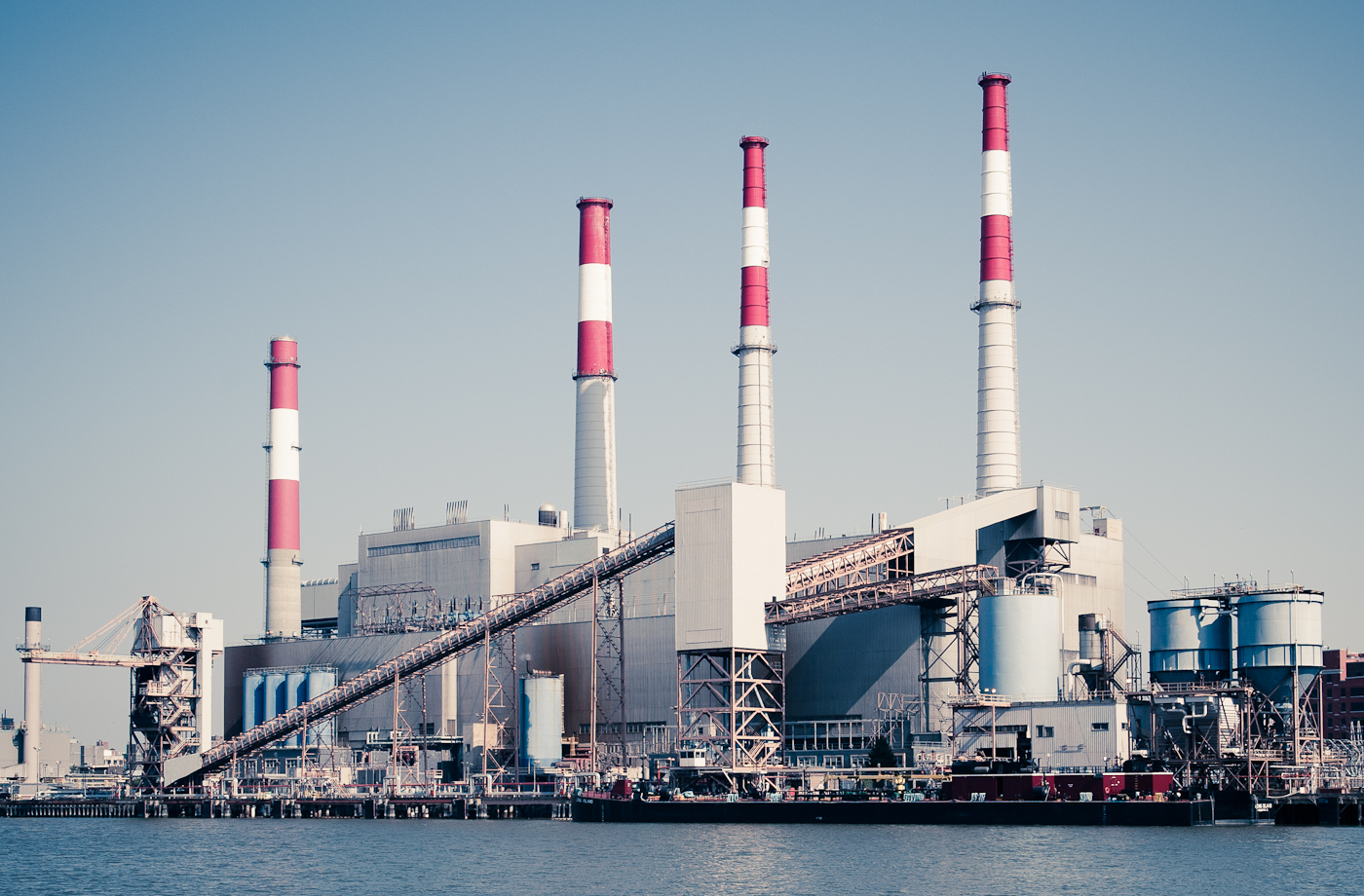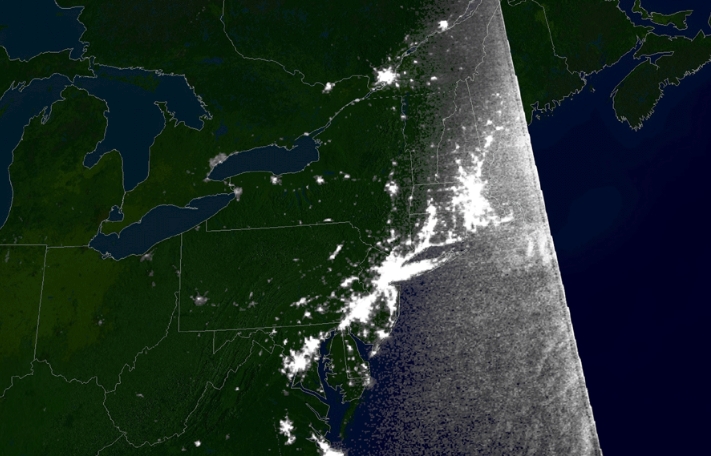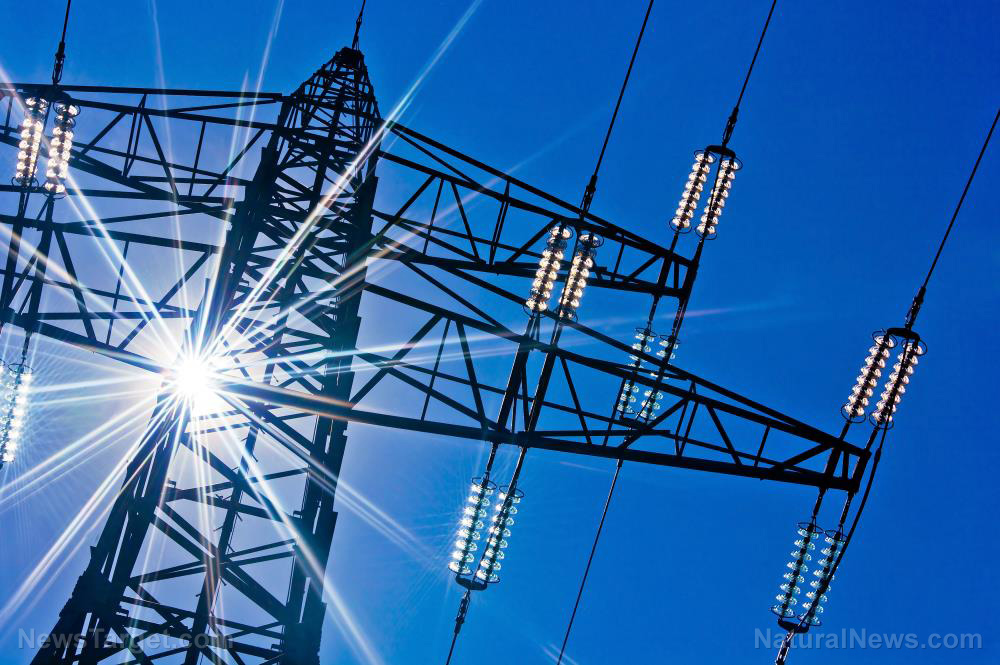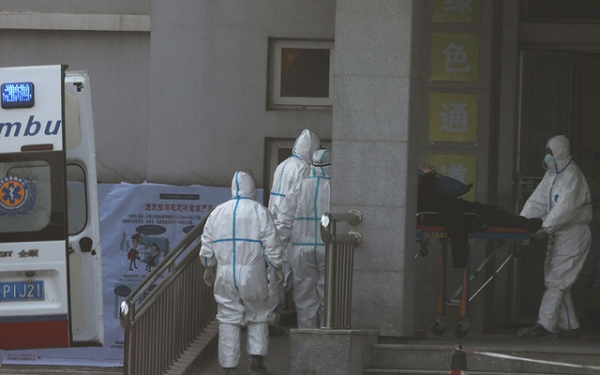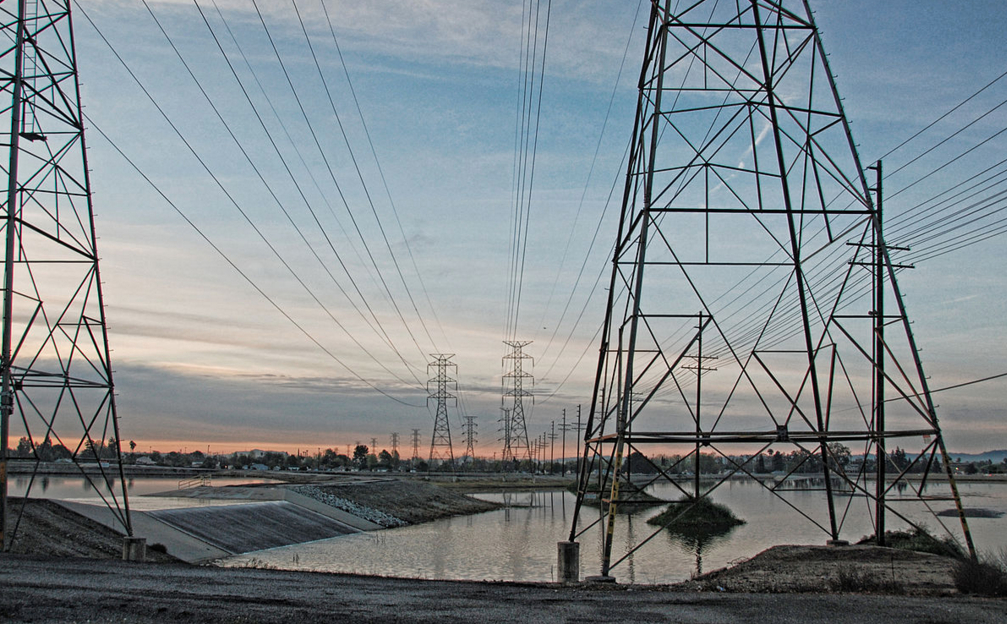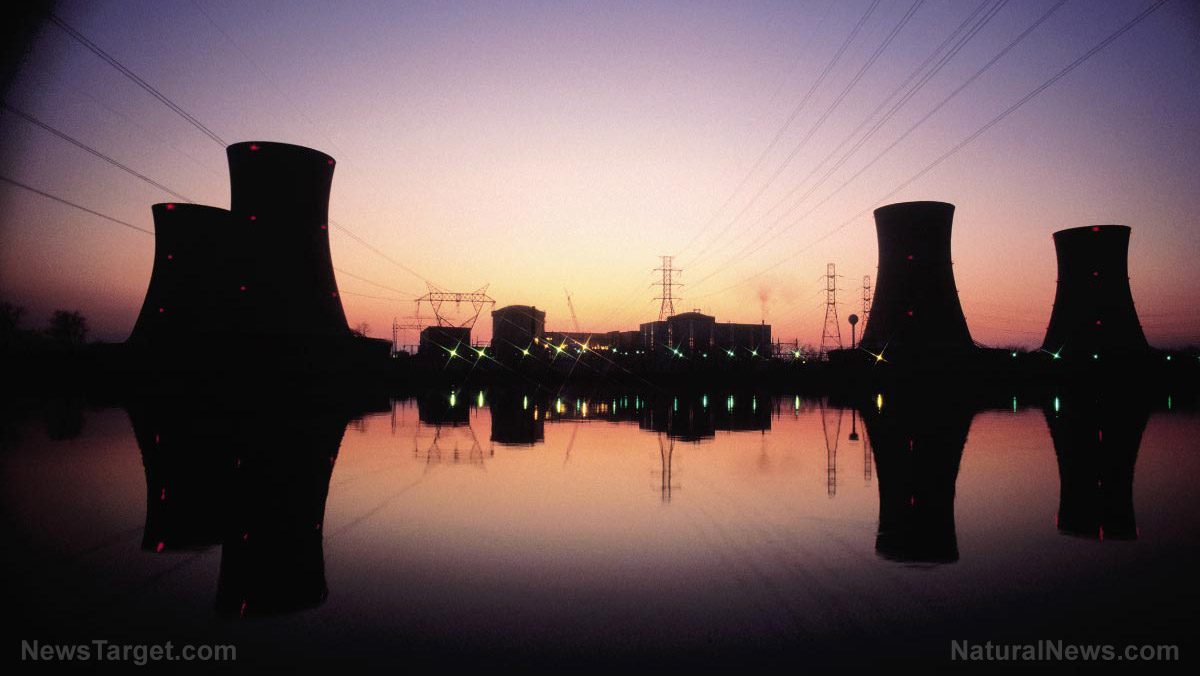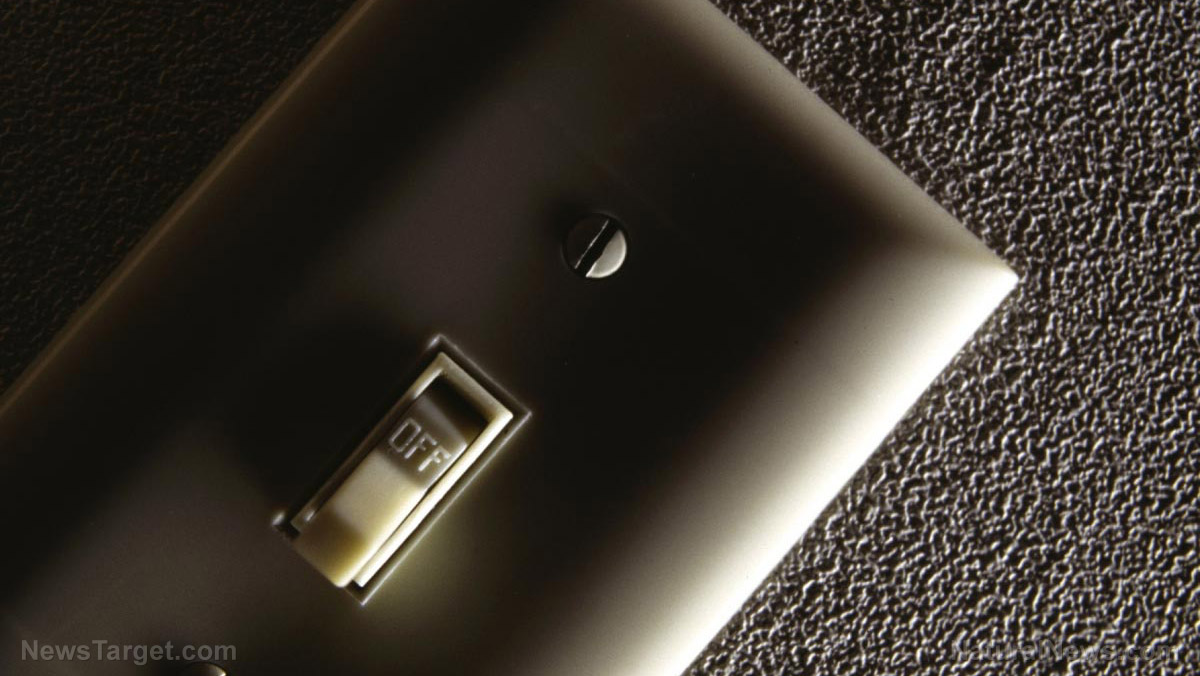The aging U.S. power grid is working overtime: How much more can it take?
07/07/2019 / By Edsel Cook
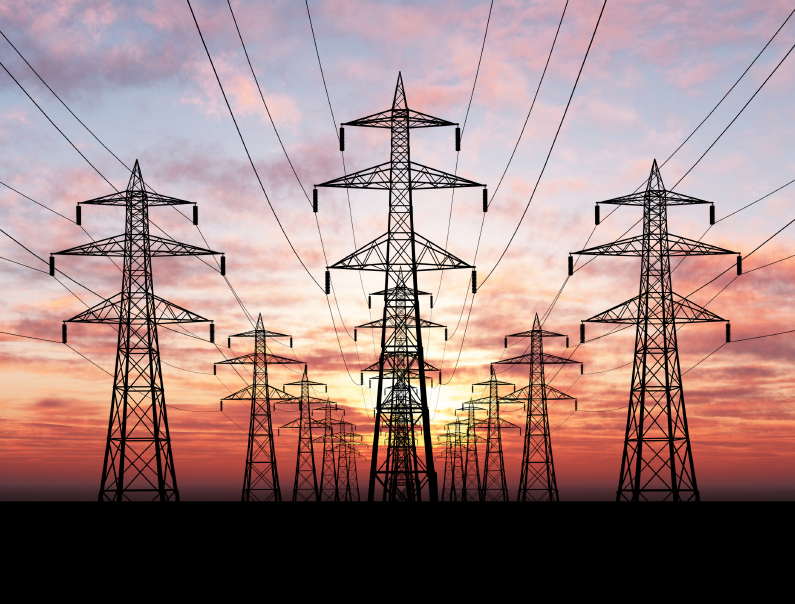
The U.S. power grid may not be on its last legs, but it is getting there. Most of the country’s power transmission and distribution network is old and well past their limit. And when one part finally goes down, many of the others will follow in a disastrous domino effect.
The grid is not able to keep up with the increasing demand for more electricity. The high-voltage transmission lines and substations of the distribution network are not designed to handle the current power load.
The power plants supplying energy to the grid are also old. Coal plants, hydroelectric power plants, and nuclear power plants are well past their prime by the time they get retired.
The American Society of Civil Engineers (ASCE) repeatedly stressed the need to invest in the U.S. electric grid. But any attempt to replace or update parts of the power grid gets blocked by government regulations that cite environmental concerns and other technical requirements.
The electrical grid experiences more blackouts and brownouts every year. It is at the end of its useful life – the repairs it does get are only delaying its inevitable collapse. (Related: Government energy report concludes power grid highly vulnerable to failures that would cause mass die-offs of U.S. citizens.)
A single failure will cause a disastrous domino effect in the overloaded U.S. power grid
A decentralized system is more resistant to general system failure. It features redundancies that limit the damage caused by a problem. If one part goes down, the rest of the system compensates for the loss.
But the substations and transmission lines of the U.S. electric grid are already laboring at peak capacity. In the case of a failure, the electrical power gets diverted through these overworked parts.
Whenever equipment exceeds its rated capacity, it gives off extra heat. The longer it runs past its limit, the hotter it gets. Overheated as well as overloaded, the equipment also fails.
Every new failure forces the power grid to place heavier loads on the remaining functional substations and transmission lines. The result of the domino effect is cascading failures.
Researchers ran extensive computer models that simulated the U.S. electrical grid. They found that more than 10 percent of the system are vulnerable to first-level cascading failures. Additional levels of failures drastically increase the overall percentage of the grid that goes down.
The models showed that areas near large cities are especially vulnerable to cascading failures. These places draw the largest amount of electricity from the power grid.
Threats to the power grid from within and outside the U.S.
A power outage may also cause other kinds of cascading failures. Most modern infrastructure relies on electricity for their function. When a city or region loses power, the effects cascade through the other services in the area.
Ambulances, hospitals, police stations, and other emergency services stockpile around three days worth of fuel for backup generators. Municipal water supplies and sewage services may solely rely on external power. When their facilities run out of power, they may stop providing services.
There are also external threats to the power grid. Domestic terrorists could repeat the 2016 Buckskin substation attack on a much larger scale. China, Russia, and other nation-states possess cyberwarfare and cyberterrorism capabilities – they may hack American power production and distribution facilities.
Or hostiles may choose to cut to the chase and just detonate a nuclear weapon at high altitude. The electromagnetic pulse attack will damage or destroy large swathes of the grid.
It is high time that the much-abused U.S. power grid receives modernization. Otherwise, when it goes down for good, it will take many Americans along with it.
Sources include:
Tagged Under: Collapse, cyber attack, cyberattack, cybersecurity, cyberterrorism, electric grid, electrical infrastructures, electricity, EMP, grid down, national security, power grid, preparedness, prepping, survival, terrorism
RECENT NEWS & ARTICLES
Electricity.News is a fact-based public education website published by Electricity News Features, LLC.
All content copyright © 2018 by Electricity News Features, LLC.
Contact Us with Tips or Corrections
All trademarks, registered trademarks and servicemarks mentioned on this site are the property of their respective owners.

